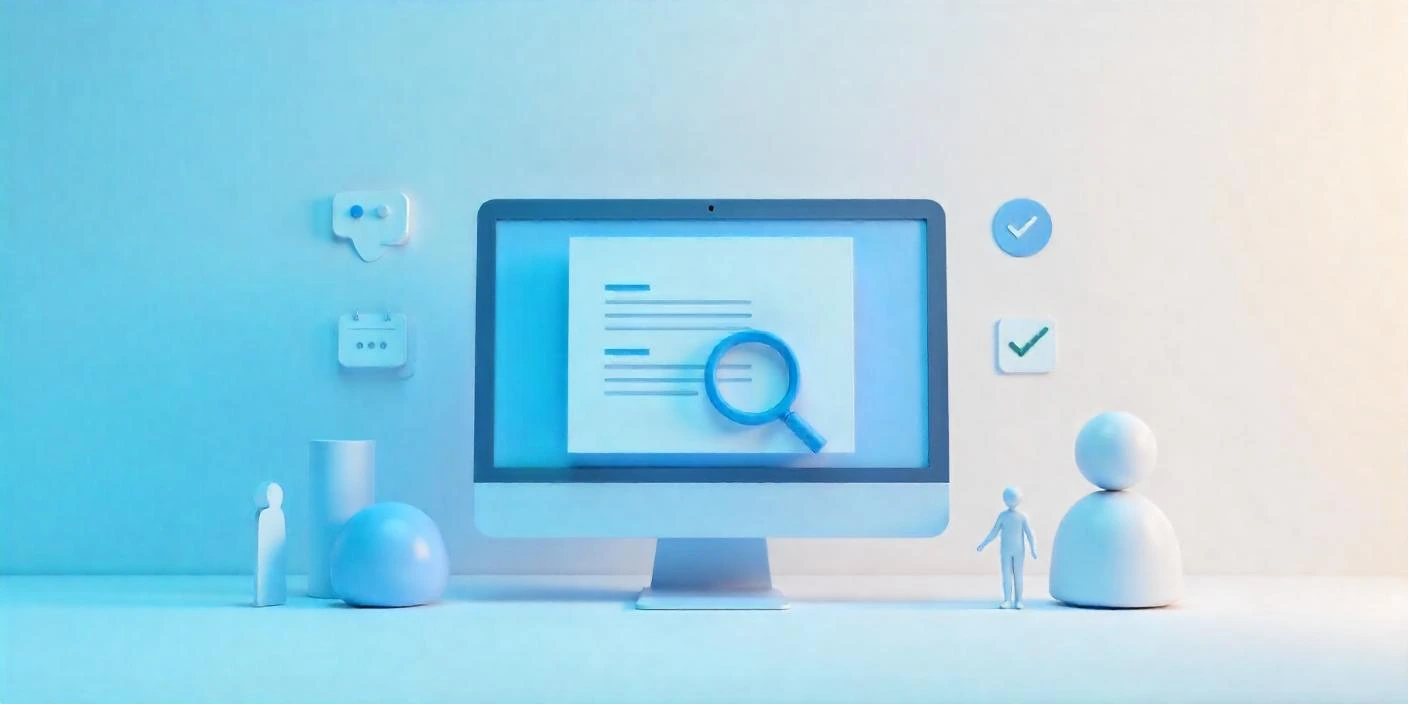Remote working has grown increasingly popular in recent years. Still, you could say its popularity hit an all-time high in 2020, as even the most traditional companies had to adopt this system to stay in business and survive the uncertainties of the pandemic.
A remote working system comes with its advantages. It allows employees to avoid the wasted hours commuting to and from work and allows staff to stay connected to work even if they have to travel out of the city for a while. It also gives the company access to a broader pool of talent they might not have had access to otherwise, helps to keep employees safe from the current pandemic, among several other benefits.
However, its novelty tends to wear off due to the distractions of working from home; blurred lines between work and personal life, lack of in-person supervision, interaction, and many other factors, all of which can cause employee performance to fall sub-par.
By incorporating a few policies, leveraging the right tools, and taking some action, managers can support direct reports working remotely, and optimise their performance and productivity at the same time.
1. Set remote working policy and expectations
Discuss how your team will be working remotely beforehand, if possible. Cover things such as meeting times, communication channels to be used, work expectations from individual employees, etc. At this point, you should also create metrics that your employees’ performance will be measured with.
2. Leverage the right tools
Technology can help your remote team work more efficiently and cohesively. With tools like Google Documents or Microsoft SharePoint, your team can collaborate on documents in real-time, which is the next best thing to working together physically.
Tools like Trello, Asana, or Monday.com can help you and your team keep track of goals, see status updates on projects, while generally supporting productivity. Performance management software like SeamlessPerformance can help manage employee performance, boost engagement, motivate, and ensure goal alignment of teams even as they work remotely.
3. Regular check-ins
Managers should ensure that they establish regular check-ins with direct reports. This could be daily, weekly, or several times a week, depending on the team’s needs. Check-ins provide a platform for employees to ask questions from you or fellow team members, discuss goals for the day or week, share feedback on tasks, and ensure that the manager has a pulse on his/her team’s status.
Since remote working usually deprives employees of the usual office banter they would encounter at the office (which is also helpful to build a strong team), managers can also give room for some informal and lighthearted conversation at the beginning of the meeting. This keeps each employee engaged and connected to the team, which is especially important in remote working.
4. Monitor employees’ KPIs
While working remotely, it is essential to pay attention to your employees’ KPIs, from which you can share feedback during general meetings, or on one-on-one check-ins. Tracking employees’ KPI helps identify roadblocks to productivity, provide guidance, and support high performance on your employees’ part.
Remote working comes with its unique peculiarities, making it all the more critical to ensure workers are motivated and that employee performance is adequately managed.
SeamlessPerformance helps to provide your remote teams with clarity on goals and priorities, keep them productive and motivated with regular engagement, and ensure that employee goals align with company objectives.







